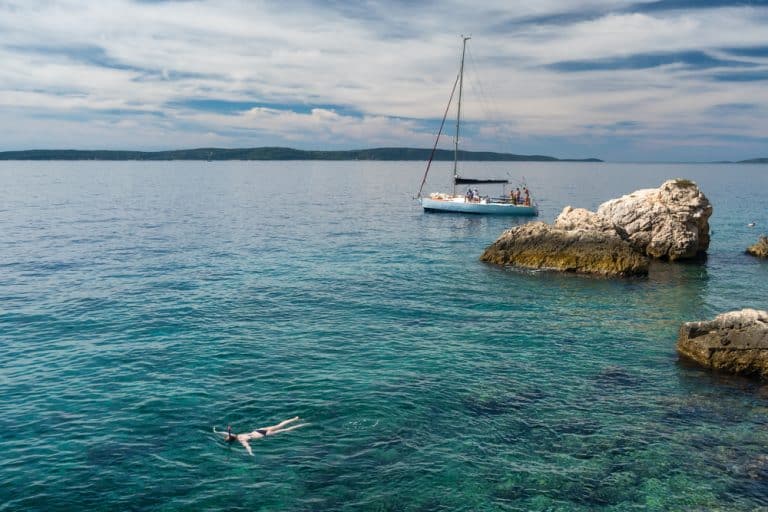For a trip, a travel pillow can be highly welcome. Travel pillows provide a high level of comfort and a firm hold on longer journeys by plane, bus or train, among other things. With them, customers avoid embarrassing situations, for example by falling on their seat neighbor while sleeping.
Likewise, travel pillows are mostly designed as ergonomic pillows and are designed to support the cervical vertebrae area and keep the head in a healthy position while sleeping. This allows the neck muscles to relax and prevents tension. In our guide, we provide information on what is important when buying a travel pillow.
Online shipping or specialist shop?
Of course, there is nothing to stop you from visiting a specialist retailer to buy a travel pillow. Those who like to shop can continue to do so, especially since no online retailer can replace the haptic test for the purchase. Nevertheless, online shopping has some interesting advantages, of which the time advantage, convenience and usually larger selection stand out.
Furthermore, customers in the online specialist trade come across quality providers such as Casimum, which, as a manufacturer, also organises the sale of its own products. For example, the provider Casimum has an attractive offer and offers travel pillows with a guarantee.
The most important criteria for buying a travel pillow
A travel pillow should be comfortable, ergonomic and orthopaedically healthy so that it can be used as a sleeping or resting backrest with great added value when sitting on a bus, train or plane. To achieve this, customers are best advised to pay attention to the following purchasing aspects:
Size and shape
Travel pillows come in many sizes and shapes. The size is about finding sufficient support and lying surface for the head. It is more difficult to determine the appropriate shape. A popular shape for the travel pillow is the so-called “neck pillow” with its characteristic U-shape. These orthopedically ingeniously designed pillows specialize in relieving the neck and are the ideal pillows for sleeping while sitting. They stabilize the neck muscles when resting in a fixed position and prevent twisting of the neck when tossing around.
Of course, products in the classic rectangular shape can also be purchased as neck pillows. These are more manageable and better suited for sleeping in the lying position. When sitting, they also serve their purpose, but are less specialized for this position than the neck pillows. Travel pillows of this type can be put to good use for the hotel if the pillows in the room do not meet expectations.
Ergonomically shaped neck support pillows, on the other hand, have two typical curvatures. Like their rectangular representatives, these are best suited for the lying position, which also applies to people with weakened neck and neck muscles. The shape serves to relieve the cervical spine and neck muscles, so that the target groups do not suffer any damage even when traveling. In addition, ergonomically shaped neck support pillows can also be used for the prophylaxis of ailments in the neck and neck area.
Filling of the travel pillow
Travel pillows can be filled with gel foam, visco foam, velvet, polyester or latex, among other things. Natural latex is obtained from the milky sap of the rubber tree, while synthetic latex made from petroleum is somewhat stronger. Travel pillows made of latex, similar to travel pillows made of gel foam, offer customers a high level of sleeping comfort due to their high point elasticity and stability and delight with a firm hold and good support.
Polyester fibers are significantly softer and can be chosen with a view to the neck and neck muscles of healthy people when comfort is more important than health effects.
Nevertheless, the material is adaptable and has a high pressure relief. Travel pillows made of visco foam are even softer, while cozy velvet pillows are probably at the top in terms of comfort. Sometimes travel pillows have a memory function. This refers to the ability of the pillow to quickly return to its original shape under high pressure. That’s why travel pillows with a memory function are usually a bit harder.
The customer sets the priorities
With the right travel pillow, travel is no longer an ordeal and its versatile use goes far beyond the actual purpose of a healthy and enjoyable travel companion. With the choice of shape, customers can decide whether they need the cushion more for sitting or lying down.
Customers set other priorities with the choice of filling, where they determine whether a comfortable or healthy travel pillow is more important to them or whether they want the best possible combination of both actually opposing components.



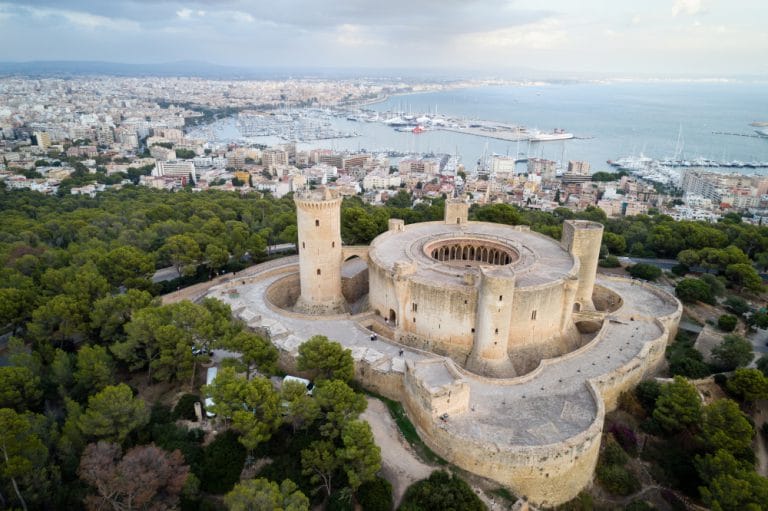
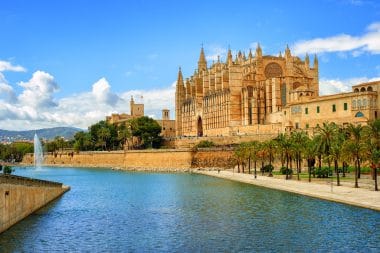
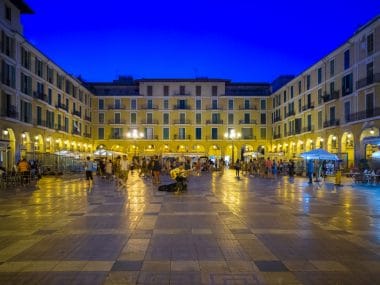
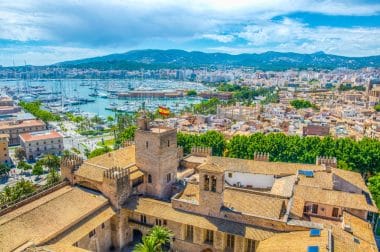
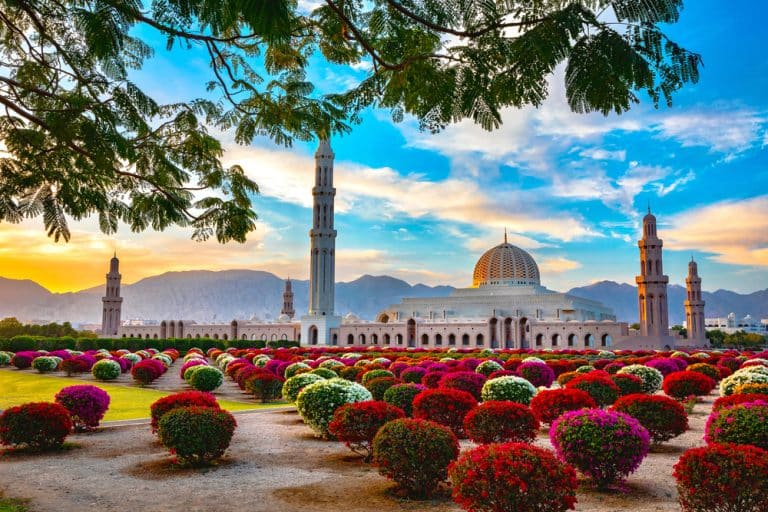
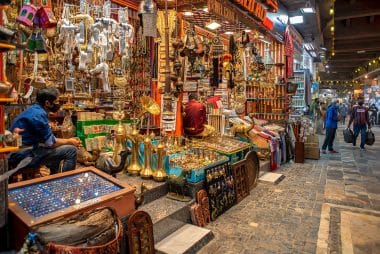
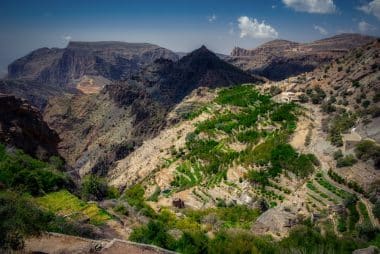
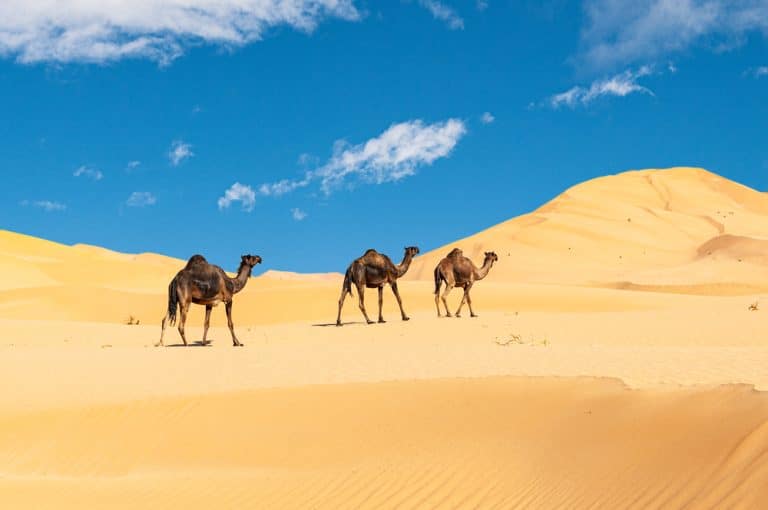
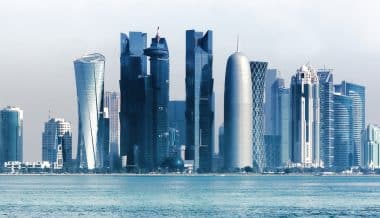
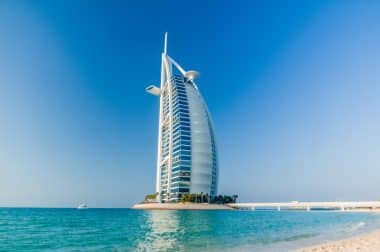

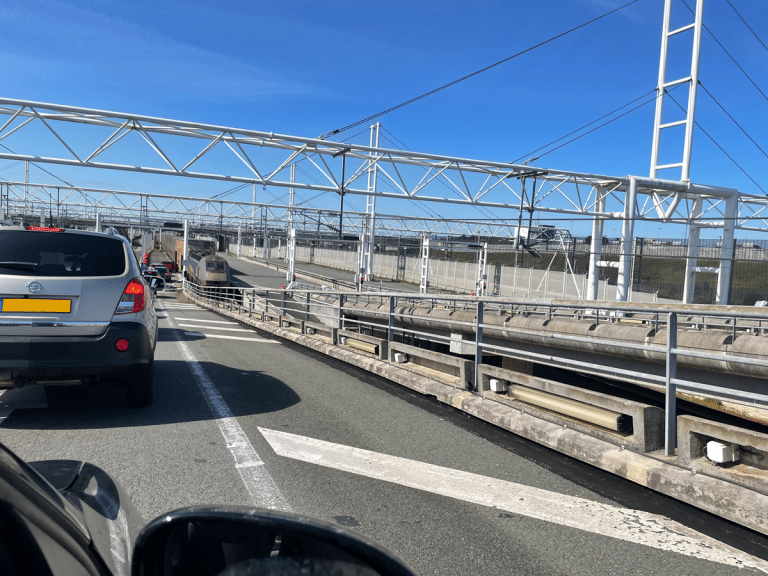


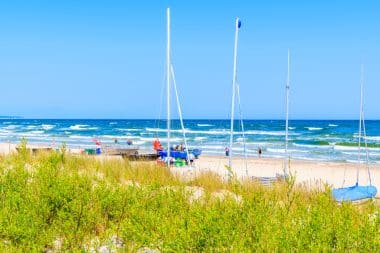
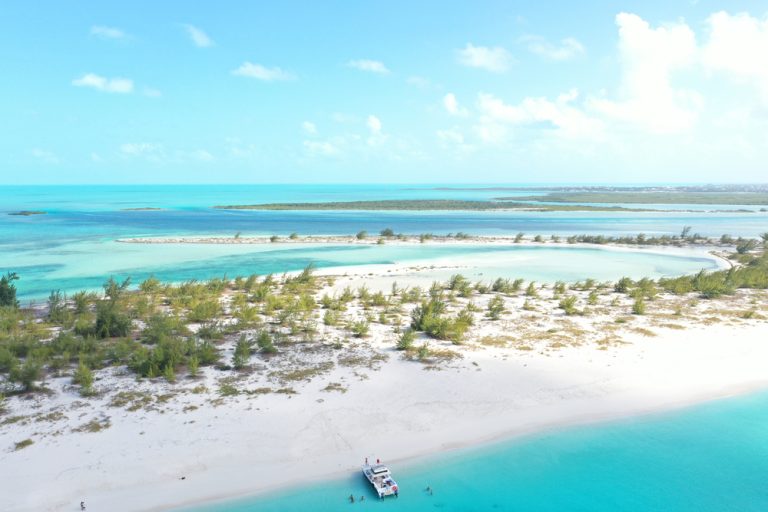

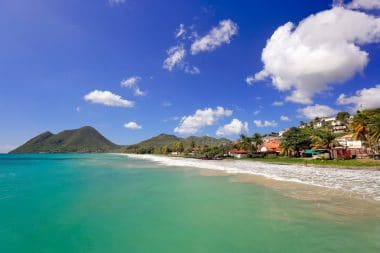

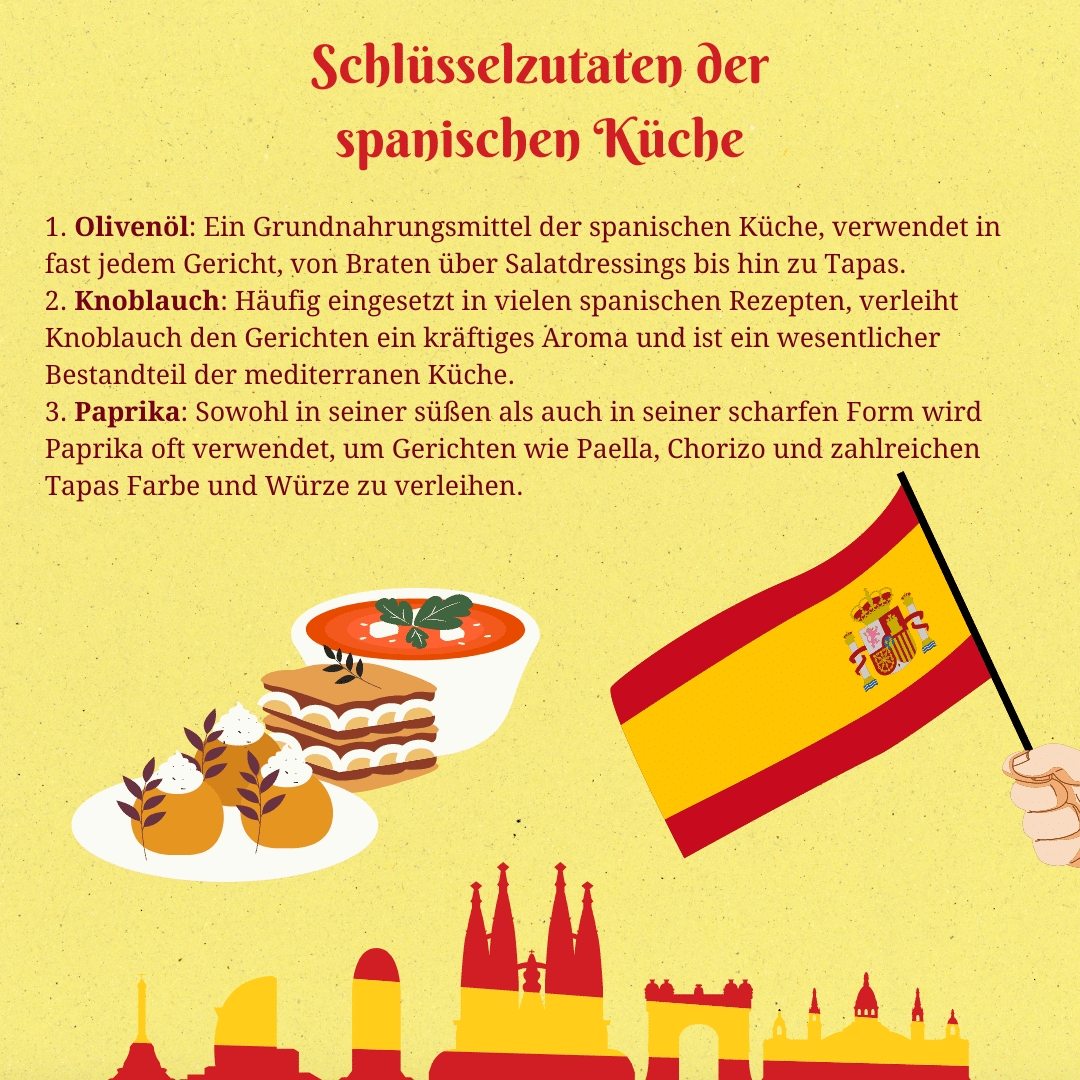 Jamón Ibérico: a taste of luxury
Jamón Ibérico: a taste of luxury